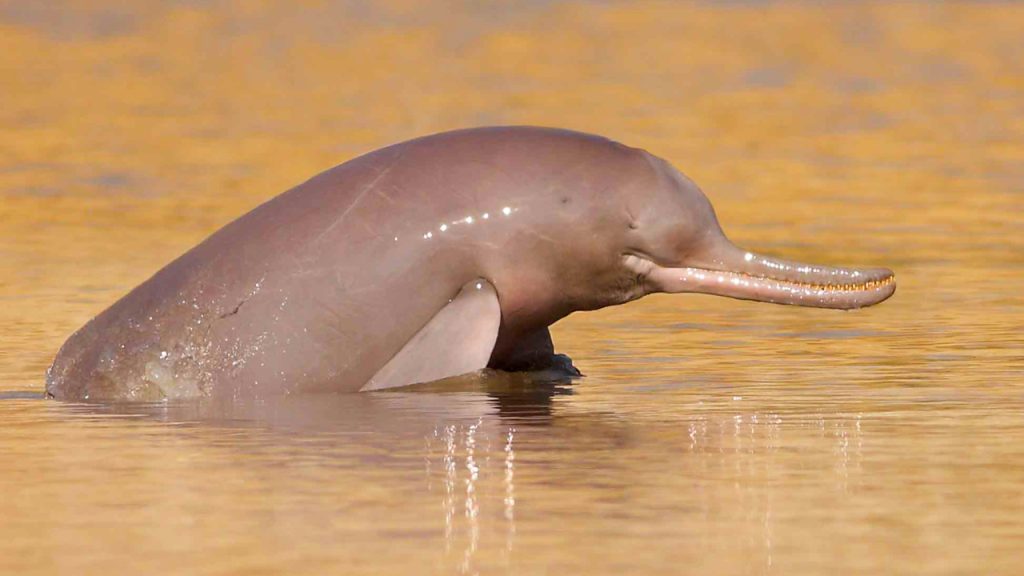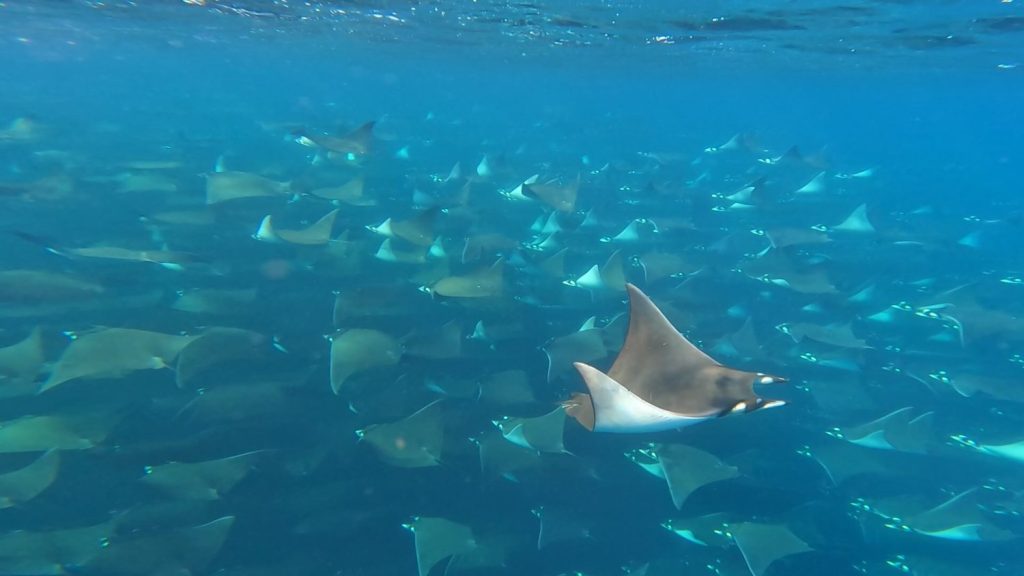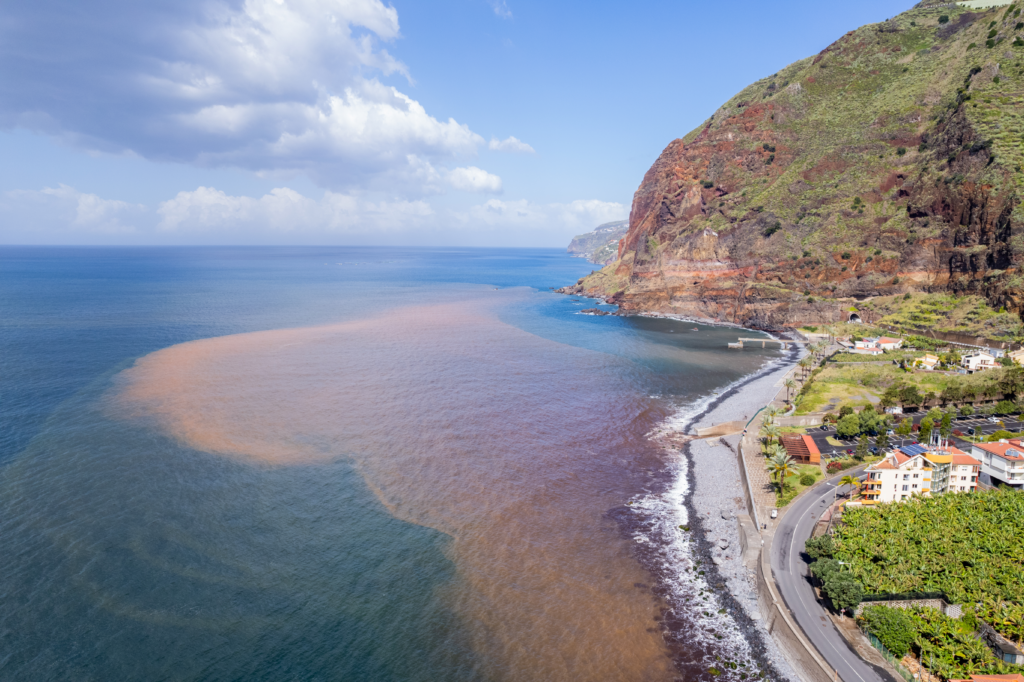Tides of Change: Battling Ocean Debris in a Plastic Filled World
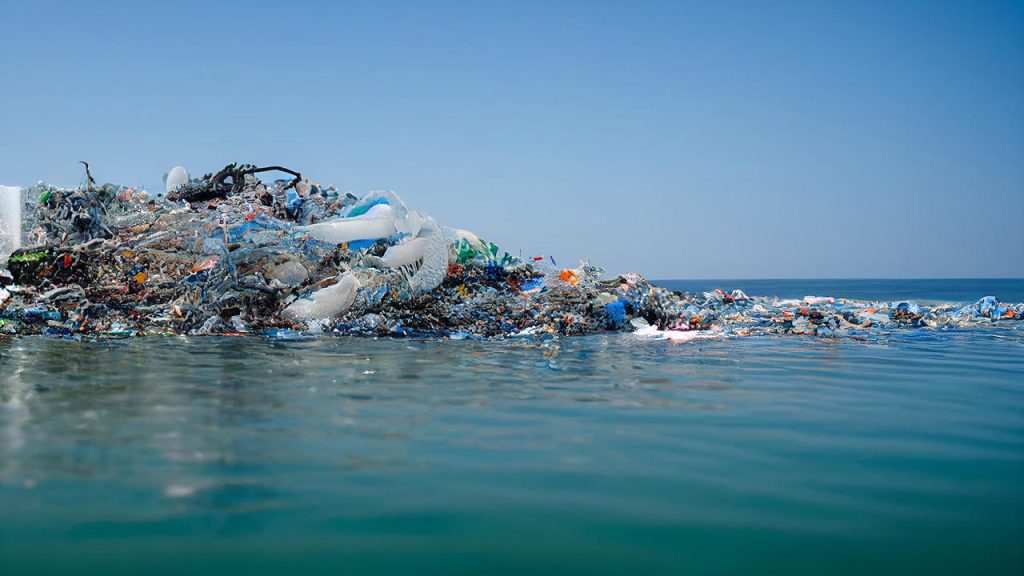
The world’s oceans, once perceived as boundless and invulnerable, are now facing a crisis of unprecedented proportions. Beneath their shimmering surfaces lie vast expanses of plastic waste, discarded fishing gear, and other debris, silently choking marine life and poisoning delicate ecosystems. The phenomenon of ocean debris, fuelled by human activity and indifference, represents not only an environmental catastrophe but also a stark reminder of the urgent need for concerted global action.
The Magnitude of the Menace
To grasp the enormity of the problem, one needs only to glance at the staggering statistics. Every year, an estimated 8 million metric tons[1] of plastic find their way into the ocean, with devastating consequences for marine life and ecosystems. This equates to dumping a garbage truck full of plastic into the ocean every single minute. And the situation is only worsening, with some projections suggesting that by 2050, there could be more plastic than fish in the world’s oceans by weight[2].
/
Nestled within the vast expanse of the Pacific Ocean lies a chilling emblem of the ocean debris crisis: the Great Pacific Garbage Patch. Stretching across an area estimated to be twice the size of Texas, this swirling mass of plastic waste serves as a stark reminder of the extent of human impact on marine environments. Comprised primarily of suspended plastic particles, fishing nets, and other discarded debris, the Great Pacific Garbage Patch poses a grave threat to marine life, entangling and suffocating animals and leaching toxic chemicals into the water. Despite its remote location, the effects of this colossal garbage patch are felt far and wide, underscoring the interconnectedness of global marine ecosystems and the urgent need for concerted action to address the root causes of ocean pollution.
The impacts of ocean debris are far-reaching and multifaceted. Marine animals, from the smallest plankton to the largest whales, are ingesting or becoming entangled in plastic debris at alarming rates. Seabirds, mistaking plastic fragments for food, are feeding them to their chicks, leading to starvation and reproductive failure. Microplastics, tiny fragments of degraded plastic, are infiltrating the marine food web, posing potential risks to human health.
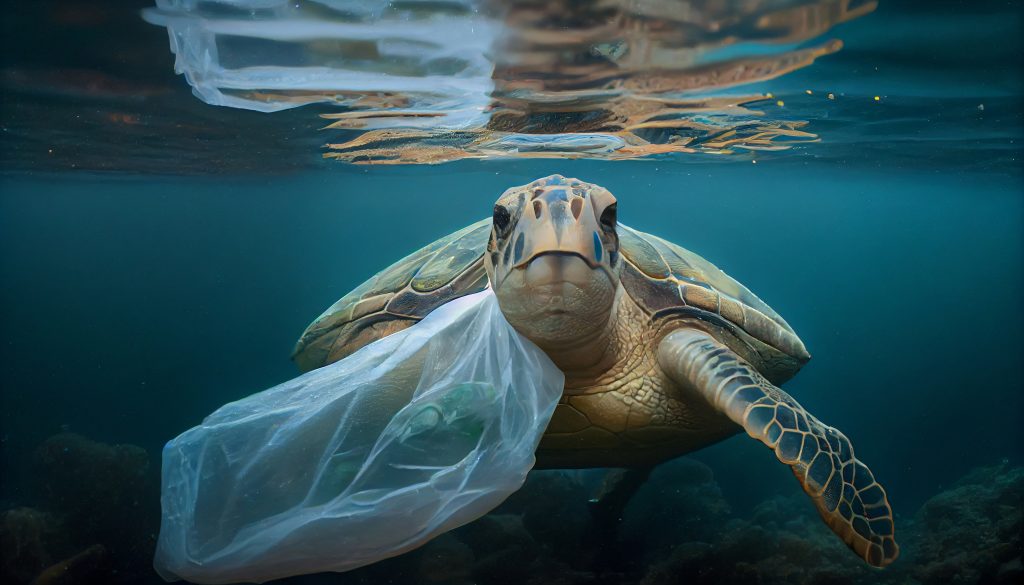
Innovative Solutions
Despite the daunting scale of the problem, there is cause for hope. Across the globe, scientists, activists, and innovators are rallying to develop creative solutions to tackle ocean debris head-on. One such initiative is The Ocean Cleanup[3], founded by Boyan Slat in 2013. Their ambitious goal is to deploy a fleet of passive cleanup systems to remove plastic waste from the ocean’s surface, with the ultimate aim of halving the Great Pacific Garbage Patch in just five years. By the time of writing, Ocean Cleanup have removed a total of ten million kilograms of rubbish from oceans and rivers around the world[4], and their continued efforts are an enormous reminder of what can be done.
In addition to technological innovations, grassroots efforts are also playing a crucial role in the fight against ocean debris. Community-based organisations like Surfrider Foundation[5] and Ocean Conservancy[6] are mobilising volunteers around the world to conduct beach cleanups, removing tons of trash from coastlines and raising awareness about the issue in the process. These efforts not only contribute to immediate cleanup efforts but also serve as powerful catalysts for broader societal change.
Policy Imperatives
Yet, while technological and grassroots initiatives are essential, they alone cannot solve the problem of ocean debris. Meaningful and enforceable policy measures are also urgently needed to address the root causes of marine pollution. Governments must take decisive action to regulate the production, use, and disposal of plastic materials, including implementing extended producer responsibility schemes, banning single-use plastics, and incentivising the adoption of sustainable alternatives.
At the international level, cooperation and collaboration are paramount. The United Nations has recognised the urgency of the issue through initiatives such as the Clean Seas campaign[7], which aims to galvanise governments, businesses, and individuals to reduce plastic pollution. Additionally, regional agreements, such as the Barcelona Convention[8] in the Mediterranean and the Honolulu Strategy[9] in the Pacific, provide frameworks for collective action to address marine pollution and debris.
A Call to Arms
In the face of such a formidable challenge, it is easy to feel overwhelmed or powerless. However, each and every one of us has a role to play in the fight against ocean debris. Whether it’s reducing our own consumption of single-use plastics, participating in beach cleanups, or advocating for stronger environmental policies, our individual actions can collectively make a significant difference.
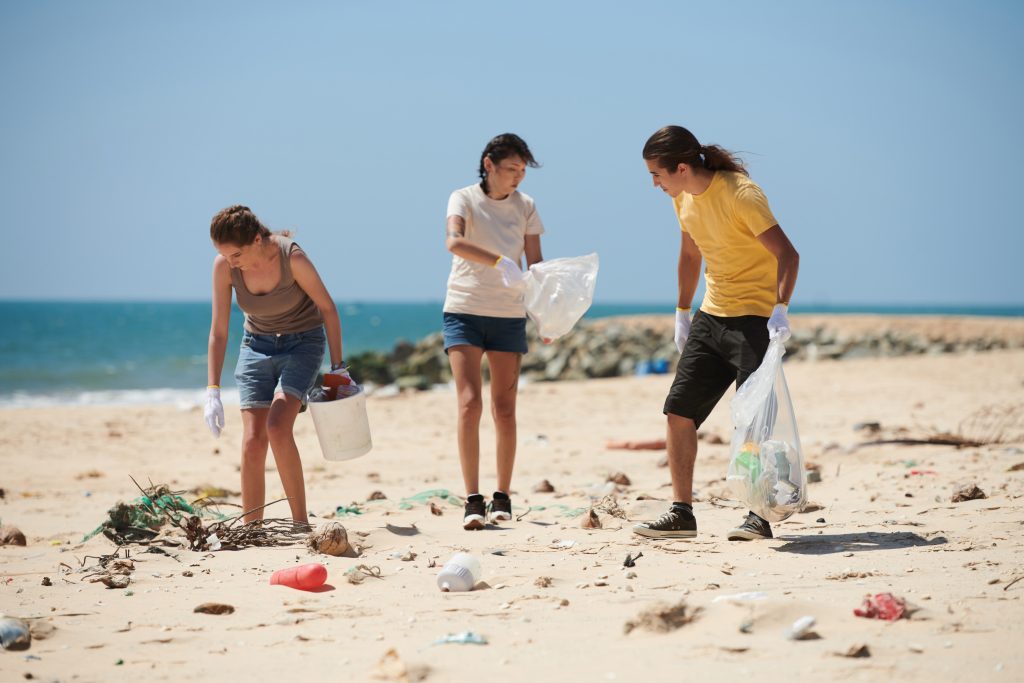
The problem of ocean debris is complex and daunting, but it is not insurmountable. By harnessing the power of innovation, mobilising grassroots movements, and enacting meaningful policy reforms, we can stem the tide of plastic pollution and safeguard the health and vitality of our oceans for generations to come. The time for action is now. Together, let us turn the tide and chart a course towards a cleaner, healthier future for our planet and all its inhabitants.
[1] Eight million tonnes of plastic are going into the ocean each year
[2] More Plastic Than Fish in the Oceans – Plastic Soup Foundation
[3] https://theoceancleanup.com
[4] https://www.scubaverse.com/the-ocean-cleanup-breaks-10000000-kg-barrier/
[6] https://oceanconservancy.org
[7] UN #CleanSeas campaign aims to combat marine plastic litter
[8] https://en.wikipedia.org/wiki/Barcelona_Convention
[9] The Honolulu Strategy | Marine Debris Program (noaa.gov)

